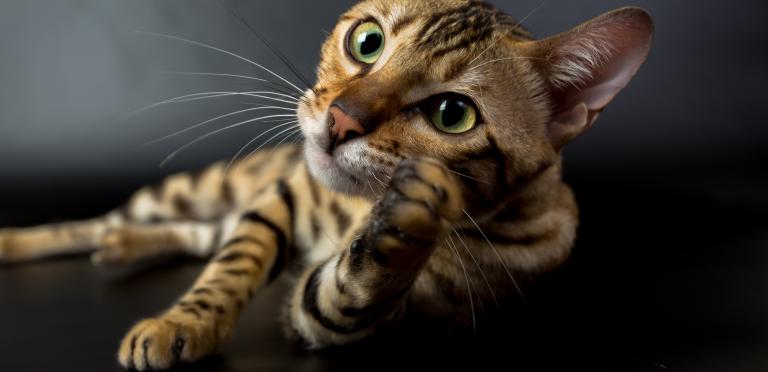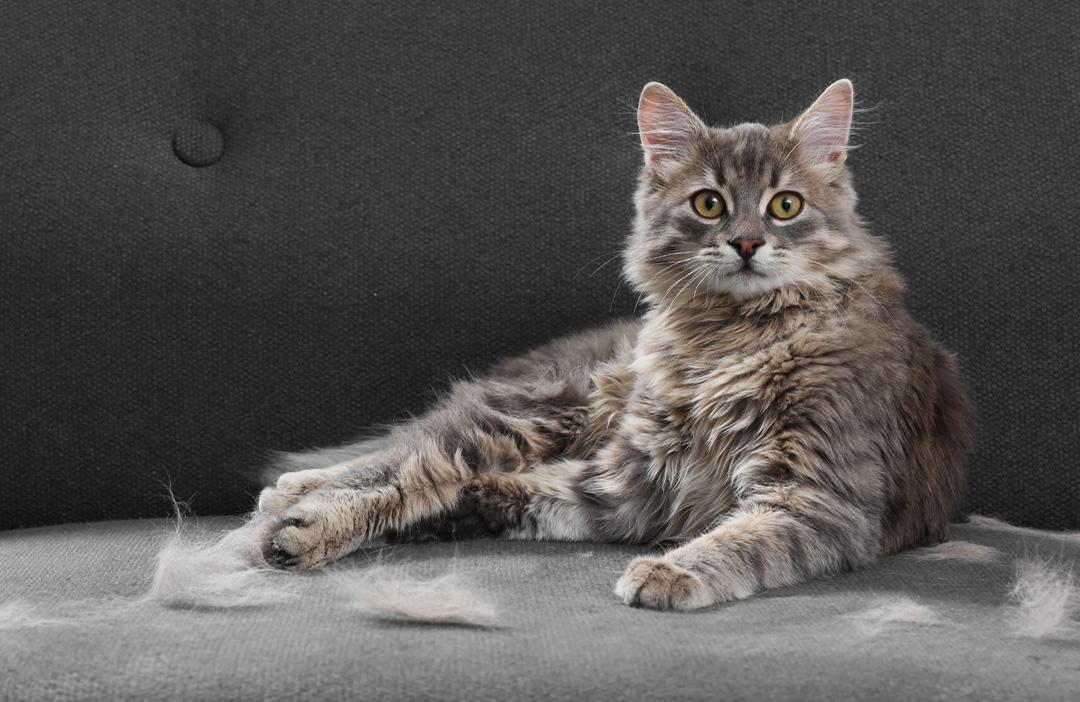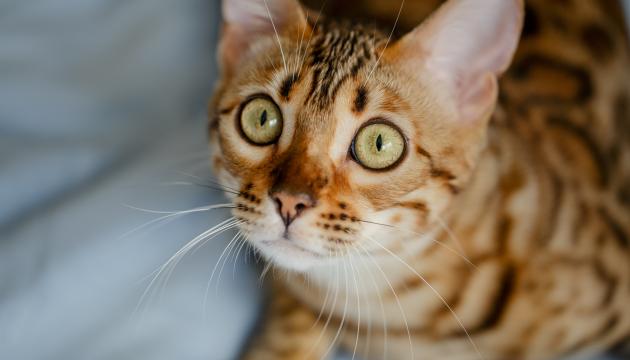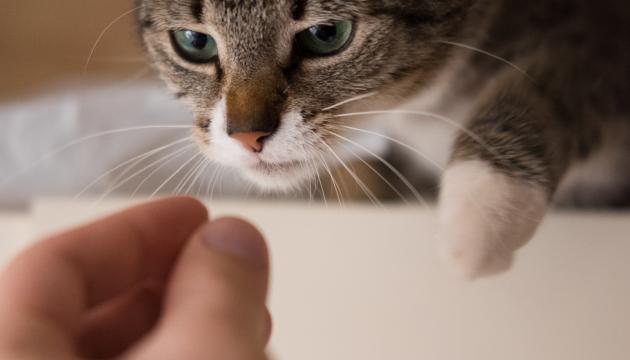

Caring for an old cat
Different illnesses may emerge into the old cat’s life little by little and sometimes unexpectedly, since the cat’s symptoms can be very difficult to notice.
When a cat approaches ten years of age, it is generally considered to be a senior cat. Veterinarians recommend that from about seven years of age, the cat should have annual check-ups that examine diseases and other issues that are typical for aging cats.
In this article we will tell you what illnesses and issues you should be aware of with an old cat.
Did you know that with the right diet you can try to prevent the ailments that may come when the cat ages? Read PrimaCat’s instructions for feeding an old cat.
Common problems with an old cat: Keep on eye on these issues
Dental problems
Dental problems are very common in senior cats. Caries and tartar can cause inflammation and pain in the mouth, which can make it difficult for the cat to eat or the cat can only eat on one side of the mouth. Eating difficulties can lead to weight loss.
Regular dental cleaning and check-ups at the vet are important for a senior cat. Contrary to popular belief, even old cats can be put to sleep for dental cleaning.
Osteoarthritis
Almost all ageing cats develop osteoarthritis at some point of their lives. Osteoarthritis occurs when the old layer of cartilage that protects the ends of the bones degenerates faster than the new layer is formed. As the cartilage layer thins, the bones begin to rub against each other, causing pain and stiffness. You should suspect osteoarthritis if your cat is not as active as before and starts to avoid jumping or climbing stairs.
Osteoarthritis cannot be cured, but it’s progress can be slowed down with medication, a suitable diet, and joint supplements. For example, omega-3 supplements can be helpful when treating a cat with osteoarthritis.
A cat's excess weight can increase the symptoms of osteoarthritis, when the extra weight puts even more strain on old joints. Read our tips on feeding and dieting an overweight cat.
Feline Diabetes
Feline Diabetes can be suspected if your cat drinks excessively and urinates more often than usual. Diabetes can be diagnosed by blood and urine tests at the vet. Diabetes usually requires regular insulin medication. However, if the treatment starts early enough it can revive the cat's pancreas even to the point where the cat can manage with the right diet and without medication. Still Diabetes must be monitored regularly by a veterinarian.
Kidney disease
Diseases of an old cat can progress slowly and imperceptibly, such as chronic kidney disease, which may not be noticed until the cat shows clear symptoms. The cat’s previous urinary tract problems can predispose to kidney disease later in life.
A cat with kidney disease usually loses weight, drinks a lot, and urinates often, also in forbidden places. A special diet designed for cats with kidney issues is important. The diet is planned together with the veterinarian.
Feline hyperthyroidism
Is your old cat shedding large amounts of hair? This could be a sign of hyperthyroidism, which if left untreated can lead to heart failure, chronic kidney disease and other conditions.
In addition to hair loss, symptoms of hyperthyroidism include poor coat quality, muscle loss, changes in behaviour and weight loss, even if the cat eats a lot. The thyroid hormone thyroxine boosts the cat's metabolism, which makes the cat feel constantly hungry and thirsty. Increased drinking is therefore one reason to take an old cat to the vet for a check-up.
Medication, radioactive iodine therapy, thyroidectomy and special diets are all ways of treating hyperthyroidism in a cat.

Tumours
The most common tumours in cats are vascular tumours such as lymphoma, intestinal tumours, and skin tumours. The likelihood of tumours increases as the cat gets older.
Compared to other tumours, skin tumours are easy to spot as bumps or lumps under the skin. Sometimes these are not malignant but harmless fatty tumours. However, skin tumours in cats are more often malignant than in dogs, and all skin tumours must be examined and removed if necessary.
Weight loss, diarrhoea, and loss of appetite can indicate not only intestinal inflammation but also tumours. Tumours can be detected by ultrasound of the abdominal area. Many tumours have a poor prognosis, in which case the primary goals of treatment are pain management, adequate nutrition and securing quality of life.
Is your cat often constipated or does the cat have other stomach problems? Read our article about the most common stomach problems in cats and how to feed a cat with a sensitive stomach.
Cat Dementia
Many cats over 10 years of age start to develop dementia. Hearing and vision of an old cat often begin to deteriorate, but unlike the common changes that come with old age, a cat with dementia behaves strangely and normal routines might become difficult for the cat.
The cat can wander restlessly around the house, meow loudly for no reason, and seem lost. The cat's circadian rhythm may be disturbed, and the cat’s natural cleanliness may suffer. There is no cure for dementia. It is important to have regular routines and give the cat high-quality food with lots of antioxidants and essential fatty acids.



